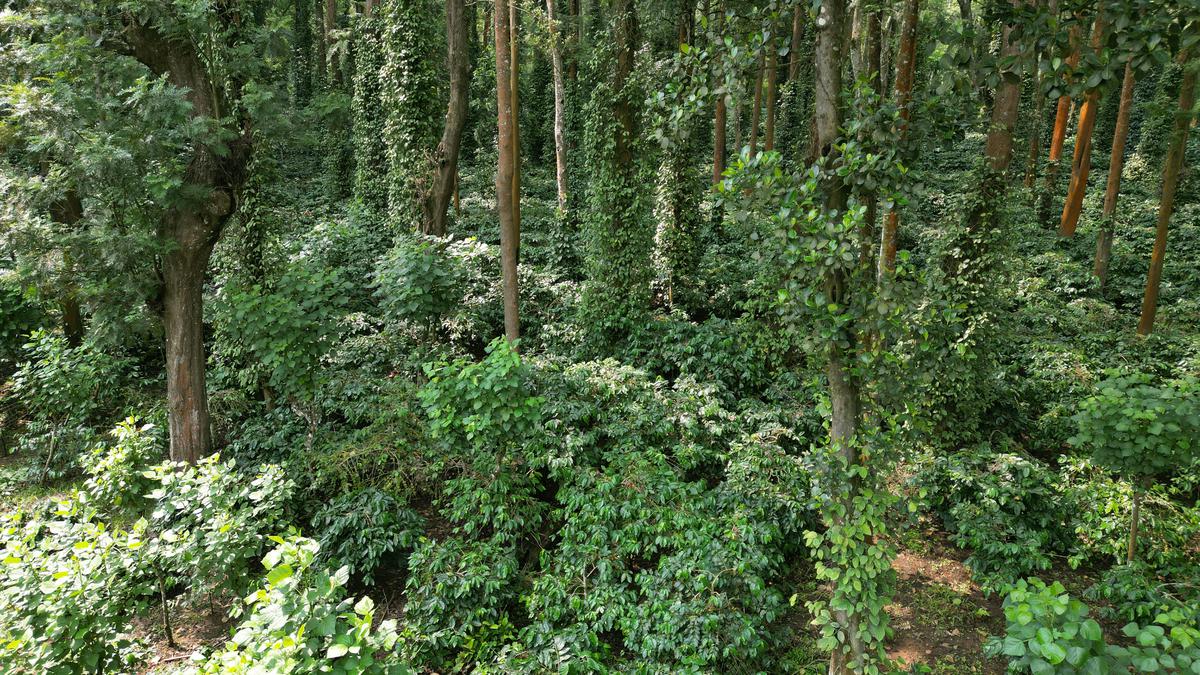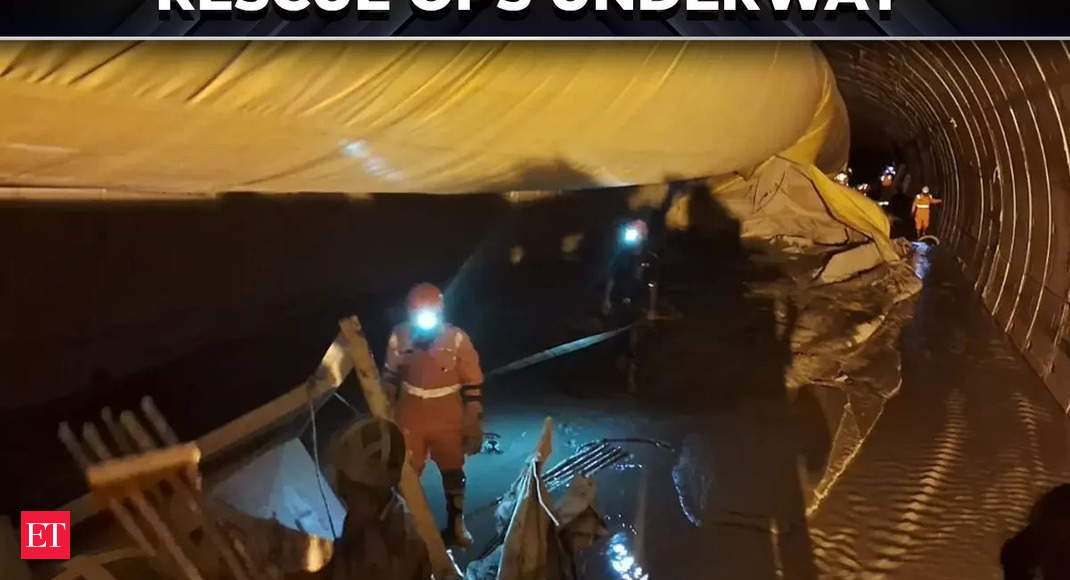It is not just deficit monsoon that is worrying farmers in Kodagu, which is the main catchment area and place of origin of river Cauvery. This hilly district in Karnataka, which accounts for about 36% of India’s coffee production besides the country’s best quality pepper, is concerned over uneven distribution of rainfall. The planters here fear that uneven distribution during different months of the monsoon this year may result in loss of coffee and pepper crop to the tune of ₹850 crore.
Bose Mandanna, former vice-chairman of Coffee Board and an expert on Kodagu’s climate, says the loss of ₹850 crore is a very conservative estimate arrived at by considering 25% loss in coffee yield, accounting for ₹750 crore, and 20% in pepper yield amounting to ₹100 crore.
He observes that coffee requires 60 to 80 inches of evenly-distributed rain in a year. But of late, the rainfall has not been evenly distributed in various months in Kodagu. “It remains dry when we need rain, and it rains when it should be dry,” he says.
Such consistency in rain pattern, which was regular for centuries, is not being seen now due to the impact of climate change. The situation has been particularly bad this year, he notes.
Referring to the cumulative deficit of 42% rainfall in South West Monsoon in Kodagu this year, he says, “It has created multiple problems of high temperature and lack of moisture. Coffee requires temperatures below 35 degree Celsius. While generally the temperatures are going up as an impact of climate change, the increase in temperature can be clearly felt this year due to deficit monsoon that has reduced moisture.”
He points out that springs, which are an integral part of the district’s eco system, have not come to life at all this year, as the area did not receive rain as expected during June, July and August.
“Springs actually replenish river Cauvery river and its tributaries. But absence of springs has affected flow in Cauvery this time. Also, from agricultural perspective, whatever water we have now will dry up as soon as rains end because there is no continuous water supply in the form of springs. Though there are some rains now, they will not help in recharging groundwater,” he points out.
He says, “Climate change has made the weather system completely unpredictable. The farmer, who depends on the traditional and time-tested calendar of events for agricultural operations, is caught off guard.
“Earlier, the annual rainfall in Kodagu would vary from 40 inches to 250 inches, depending upon the location. But now there are areas which are witnessing heavy rains while other areas remain dry.”
Kodagu district president of Karnataka Rajya Raitha Sangha Manu Somaiah says this would only increase the burden of loan and push farmers towards selling a portion of their land. Such a trend would further affect the Kodagu ecosystem by increasing commercialisation.









